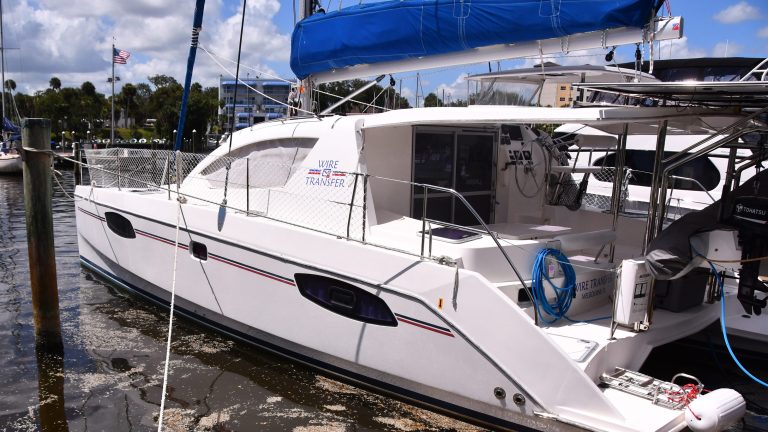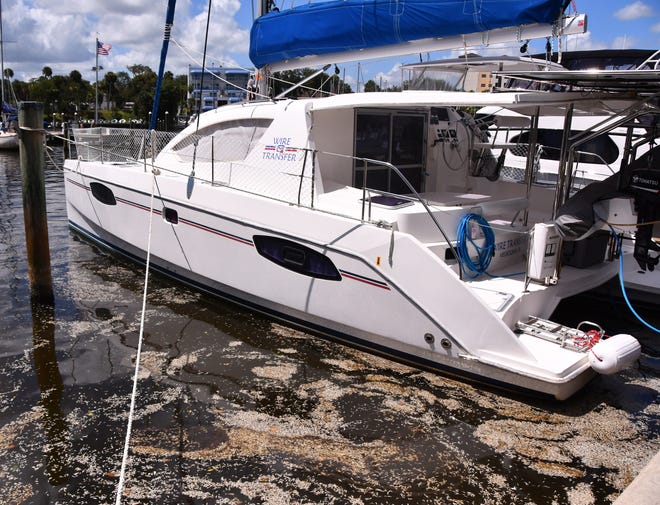

Millions of dollars in government spending over the two years is aimed at slowing the flow of fertilizer-laden fresh water into the Indian River Lagoon.
On Tuesday, the St. Johns River Water Management District Governing Board voted to approve a $19.5 million contract — awarded to Cone & Graham, Inc. — to begin construction of the so-called Crane Creek M-1 Canal Flow Restoration Project. While the district continues to negotiate some details of the project, work is expected to begin as early as March.
The total cost of the project, aimed at reducing wastewater flow into the estuary, is $22.6 million, which includes the design and any necessary land acquisition. Funding partners include the Florida Department of Environmental Protection, which provided a $2.03 million grant; Brevard County, which chipped in $2.45 million through its Save Our Indian River Lagoon program; and $4.5 million in “alternative water supply funding” from federal sources through the DEP.
The project’s approval comes as Brevard County is updating its annual Save Our Indian River Lagoon plan, which prioritizes some $50 million per year in revenue from a half-cent sales tax passed in 2016 for lagoon cleanups. The draft 2023 Save Our Lagoon plan update will to a county citizen oversight committee on Jan. 20 for their recommendation to the Brevard County Commission, which plans to approve the plan in February.
The M-1 Canal is as a flood-control canal carved out more than a century ago to redirect stormwater from 5,300 acres near the St. Johns River to the lagoon, to drain the land for farming and flood prevention. Along with the millions of gallons of water came thousands of pounds of nutrients, including nitrogen and phosphorus – two key ingredients that in excess can fuel algae blooms.
The project, expected to be complete in January 2025 will restore the natural flow of the stormwater from the lagoon back west, where the water will be treated in a stormwater treatment area prior to reaching the St. Johns River.
A secondary benefit will restore 7 million gallons of freshwater flow per day to the St. Johns River, which can then be used for alternative water supply downstream. Construction includes a control structure within the M-1 Canal, including weirs; a stormwater pumping stations; two-foot-wide underground stormwater pipes.
The district estimates yearly nutrient reductions to the lagoon at 24,000 pounds of nitrogen and 3,100 pounds of phosphorus.
“The ability to significantly reduce the nutrients entering the system is essential to restoring the health of lagoon,” St. Johns River Water Management District Executive Director Mike Register, said in a press release. “It is critical we continue to collaborate with our partners to identify, fund and implement these high priority projects.”
To learn about the Crane Creek M-1 Canal Flow Restoration Project, visit www.sjrwmd.com/projects/#crspanne-creek.
To learn about how the St. Johns River as a water supply source, visit www.sjrwmd.com/wspanter-supply/st-johns-river.
If you see a sick or injured manatee, call FWC’s Wildlife Alert Toll-Free Number: 1-888-404-FWCC (1-888-404-3922), press “7” to speak with an operator.